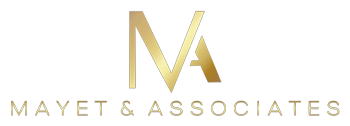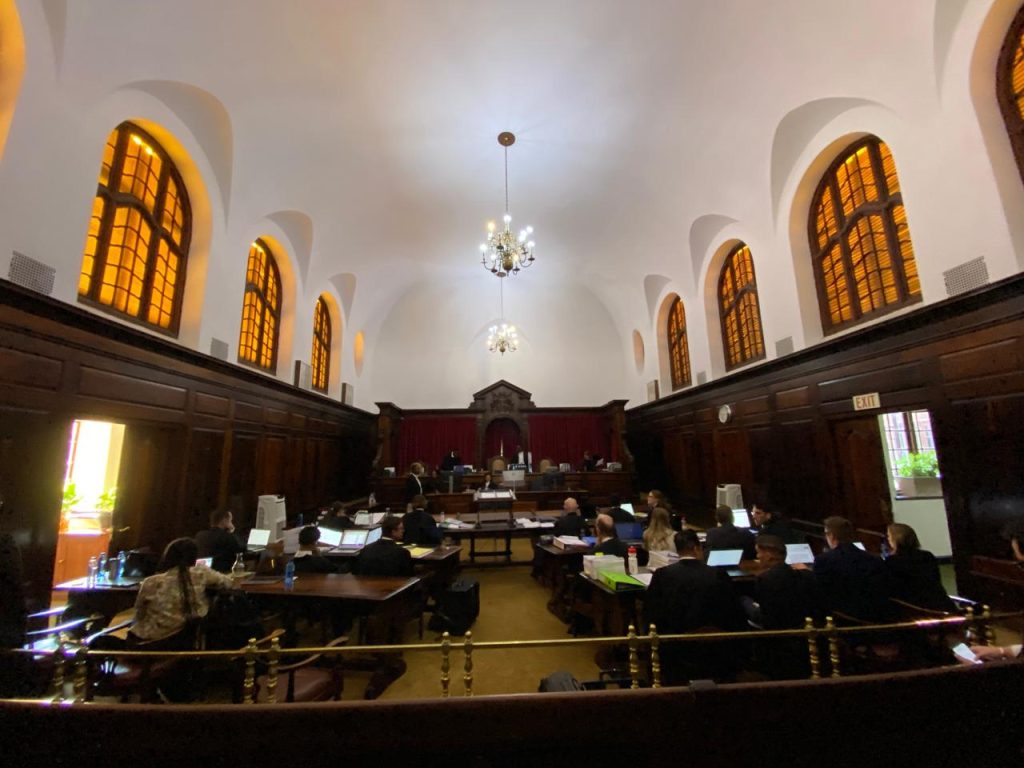The South African Revenue Service (SARS) introduced Binding General Ruling 16 (BGR16) Issue 3 on 27 November 2023, replacing Issue 2. This updated ruling outlines the standard turnover-based (STB) method used by vendors to determine their annual VAT apportionment ratio.
Issue 3 applies to all financial years beginning on or after 1 January 2024 and introduces important adjustments, exclusions, and an additional compliance obligation that many vendors may overlook.
Annual VAT “True-Up” Adjustment
Vendors who calculate their current year’s apportionment ratio using turnover figures from the previous financial year are now required to perform a true-up adjustment. This ensures any differences between the provisional and final ratios are corrected.
The adjustment must be completed within nine months after the vendor’s financial year-end, typically submitted as part of the month 8 VAT return (filed by the end of month 9).
For example:
- A vendor with a year-end of 31 December 2024 must apply the true-up adjustment for the first time under Issue 3.
- This adjustment must be reflected in their August 2025 VAT return, due by the last business day of September 2025 for e-filing vendors.
Failure to include this adjustment may expose vendors to penalties and compliance risks.
New Mandatory Reporting Requirement
One of the most significant changes in BGR16 (Issue 3) is the obligation to report VAT apportionment details directly to SARS at the same time the true-up adjustment is made.
Vendors must submit the following information by email (to the address listed in Issue 3):
- Registered business name
- VAT registration number
- The apportionment method and formula used
- The annual apportionment ratio (percentage)
For vendors applying the new formula for the first time, SARS also requires disclosure of the apportionment methods and ratios for the preceding three years.
Example: A vendor with a December 2024 year-end must provide SARS with:
- The 2024 apportionment details (submitted in September 2025), and
- The ratios and formulas for 2021, 2022, and 2023.
Why This Matters for VAT Compliance
The introduction of mandatory reporting adds another layer of complexity to VAT compliance in South Africa. Issue 3 also incorporates new exclusions and adjustments that could materially affect a vendor’s apportionment ratio, particularly for businesses with mixed supplies (taxable and exempt).
Given the technical nature of VAT apportionment and the risk of SARS scrutiny, vendors should strongly consider working with a specialist tax advisor. Professional assistance can help ensure:
- Accurate preparation of apportionment calculations
- Correct application of the true-up adjustment
- Timely and complete submission of the required information to SARS
Key Takeaway
With the implementation of BGR16 (Issue 3), VAT vendors must not only adjust their annual apportionment ratios but also comply with mandatory reporting obligations to SARS. These requirements take effect for financial years beginning 1 January 2024, with the first true-up adjustments and reporting due in September 2025.
Businesses that prepare early, keep detailed records, and seek expert guidance will be best placed to remain compliant and avoid unnecessary disputes with SARS.






